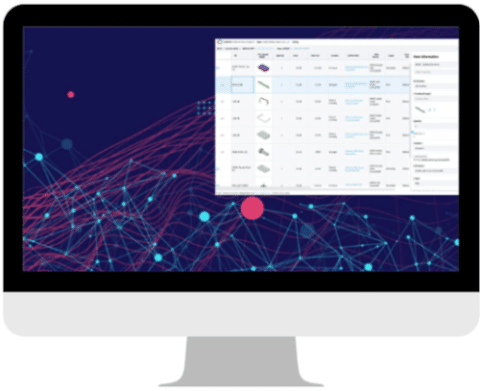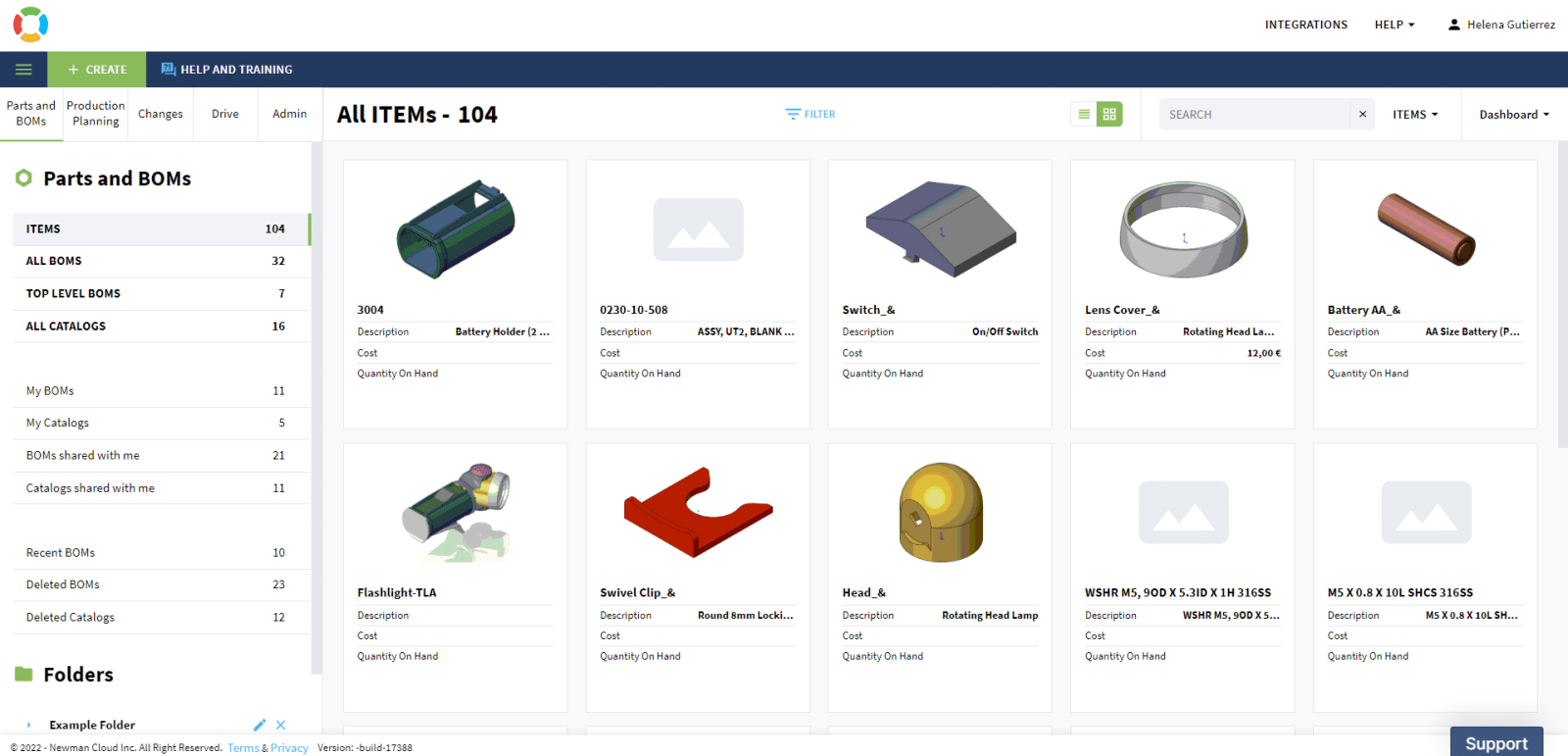What is it?
Manufacturing companies’ data is complex and includes complex definitions items, bills of materials structures, relationships to files, external pieces of information, catalogs and others. Most manufacturing companies and enterprises own thousands of parts, documents, and other forms of product information from different data sources. Engineers and companies are continuously looking for a simple way to find their data to streamline their design, engineering and manufacturing processes.
Searching for the right product and/or component information can be a time-consuming task. However, with our search tools, you can easily find exactly what you are looking for without scrolling endlessly through long lists of items.
Search and analytics is the set of features and functions that can help to bring the right information to users at the right time.

OpenBOM search and filters are mechanisms that allow you to “slice and dice” data as needed in order to find exactly what you are looking for.
Why do you need it?
It’s important to be able to filter information to make it simple and efficient for you and your team members to find everything that you need. Otherwise, you could end up wasting precious time when looking for specific items.
With OpenBOM’s search and filters, you can quickly filter out all the items that don’t meet your requirements. It saves you time and helps you find what you’re looking for more efficiently. It’s a fundamental part of the user experience and we’ve made it as simple and user-friendly as possible.
Why is OpenBOM different?
OpenBOM provides a highly-flexible search method combined with a flexible data model. Any properties that you add to items, catalogs, and BOMs are automatically made to be searchable to ensure that you can find everything that you need to quickly and easily.
OpenBOM’s core differences are related to its usage of modern data management architecture, search infrastructure, graph databases, and flexible data models. OpenBOM is empowered by highly-scalable Elastic Cloud Search infrastructure and Neo4j Graph Database Science. In addition to regular search methods, OpenBOM also uses advanced search and analytic methods that are available via OpenBOM databases such as Neo4j. Graph visualization is a powerful way to understand and interact with your data.

How does it work?
Search-driven user interfaces and dashboards are a foundation of OpenBOM search and analytic functions. OpenBOM provides four basic mechanisms for searching and analytics:
- Search-driven dashboards
- Simple filters and search functions
- User-defined views with filtering capabilities
- Advanced analytics and visualization
The main user experience is provided via the item search dashboard combined with other search-driven user interfaces.

The main search interface is the “Items” dashboard where you can search for an item by using the search bar at the top of the screen. You can narrow down your search results further by clicking on the filter icon next to the search bar and applying any necessary filters, such as the vendor, part number, cost, etc.
Check out other search-drive user interfaces in OpenBOM documentation.
